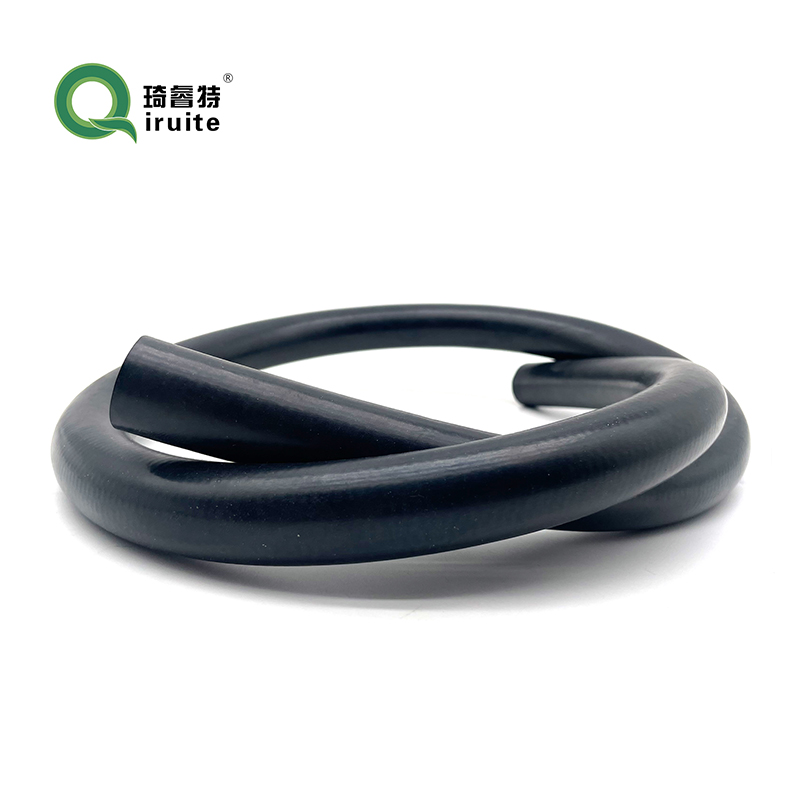changing power steering hose
Changing Power Steering Hose A Comprehensive Guide
Power steering is an essential component of modern vehicles, providing the driver with greater control and ease in maneuvering, particularly at low speeds. The power steering system relies on a series of hoses, pumps, and fluids to operate smoothly. One of the crucial components of this system is the power steering hose, which transports hydraulic fluid from the pump to the steering gear. Over time, these hoses can wear out, leading to leaks or failures that can compromise the steering performance of your vehicle. In this article, we will discuss how to change your power steering hose effectively and safely.
Tools and Materials Needed
Before you start, ensure you have the following tools and materials handy
1. New Power Steering Hose - Make sure to get the correct hose for your vehicle's make and model. 2. Wrench Set - To remove the old hose. 3. Pliers - Helpful for hose clamps. 4. Fluid catch pan - To catch any spilled fluid. 5. Funnel - For pouring in new fluid. 6. Power Steering Fluid - Check your vehicle's manual for the appropriate type. 7. Shop towels - For cleaning up any spills.
Step-by-Step Guide
1. Safety First Before beginning any work on your vehicle, ensure it is parked on a level surface with the engine turned off. Engage the parking brake and wear safety glasses for protection.
2. Locate the Power Steering Hose Open the hood and locate the power steering pump, which is typically near the front of the engine. The power steering hose will be connected to it, leading towards the steering gear.
3. Prepare for Fluid Loss Place a fluid catch pan under the power steering pump to catch any fluid that may leak out during the process. This step is crucial for maintaining a clean workspace and preventing environmental contamination.
changing power steering hose

4. Remove the Old Hose Using the appropriate wrench, begin loosening the fittings of the power steering hose at both ends—the pump and the steering gear. Be cautious as hydraulic fluid may leak out. Once the fittings are loose, remove the hose entirely. If there are hose clamps, use pliers to slide them off before pulling the hose.
5. Compare the New and Old Hoses Before installation, compare the new hose with the old one to ensure the correct length and fittings. It’s essential to use the correct replacement part to avoid future issues.
6. Install the New Hose Begin by attaching the new power steering hose to the steering gear first. Ensure it is threaded correctly and tighten the fittings securely using a wrench. Next, connect the hose to the power steering pump, again tightening all fittings properly. Make sure not to overtighten, as this could damage the fittings.
7. Refill Power Steering Fluid Once the new hose is installed, it’s time to refill the power steering fluid. Use a funnel to pour the appropriate fluid into the reservoir. Check your vehicle's manual for the correct fluid type.
8. Check for Leaks Start your vehicle and let it run for a few minutes. Turn the steering wheel from side to side while observing the new hose for any signs of leaks. If you notice any leaks, tighten the fittings accordingly.
9. Clean Up Dispose of any used fluid and shop towels properly, and clean up your workspace.
Conclusion
Changing a power steering hose can be a straightforward task if approached methodically. By following the steps outlined above, you can ensure that your steering system remains efficient and reliable. Regularly check your power steering fluid levels and inspect the hoses for signs of wear and tear to maintain optimal performance of your vehicle's steering system. If you’re ever in doubt, consulting a professional mechanic is a great way to ensure your vehicle remains safe on the road. Remember, a well-maintained steering system is vital for your driving safety and comfort.
-
Ultimate Spiral Protection for Hoses & CablesNewsJun.26,2025
-
The Ultimate Quick-Connect Solutions for Every NeedNewsJun.26,2025
-
SAE J1401 Brake Hose: Reliable Choice for Safe BrakingNewsJun.26,2025
-
Reliable J2064 A/C Hoses for Real-World Cooling NeedsNewsJun.26,2025
-
Heavy-Duty Sewer Jetting Hoses Built to LastNewsJun.26,2025
-
Fix Power Steering Tube Leaks Fast – Durable & Affordable SolutionNewsJun.26,2025

